Growing Focus on Health Equity
The growing focus on health equity is emerging as a crucial driver in the Population Health Management Market. There is an increasing recognition of the disparities in health outcomes among different population groups, prompting healthcare organizations to address social determinants of health. Initiatives aimed at promoting health equity are gaining traction, as stakeholders seek to ensure that all individuals have access to quality healthcare services. This focus is likely to lead to the development of targeted population health management programs that address the unique needs of underserved communities. By prioritizing health equity, organizations can improve overall population health and reduce healthcare disparities. This trend is expected to shape the future of the population health management market, as equity-driven strategies become integral to healthcare delivery.
Increased Healthcare Expenditure
Healthcare expenditure continues to rise, which significantly influences the Population Health Management Market. According to recent data, healthcare spending is expected to surpass USD 10 trillion by 2025, driven by the need for improved health services and management of chronic diseases. This increase in spending is likely to facilitate the adoption of advanced population health management solutions, as healthcare providers seek to optimize resource allocation and enhance patient care. Furthermore, the focus on managing chronic conditions, which account for a substantial portion of healthcare costs, is prompting organizations to invest in population health initiatives. By leveraging data analytics and technology, healthcare systems can better understand patient needs and improve health outcomes, thereby justifying the rising expenditures in the sector.
Rising Demand for Preventive Care
The increasing emphasis on preventive care is a pivotal driver in the Population Health Management Market. As healthcare systems shift from reactive to proactive approaches, there is a growing recognition of the importance of managing population health to prevent diseases before they occur. This shift is evidenced by the rising investments in preventive health programs, which are projected to reach USD 200 billion by 2026. Such investments are likely to enhance the capabilities of healthcare providers to monitor and manage health outcomes effectively. Consequently, organizations are adopting population health management strategies to identify at-risk populations and implement targeted interventions, thereby improving overall health outcomes and reducing healthcare costs. This trend underscores the critical role of population health management in fostering a healthier society.
Regulatory Support for Value-Based Care
Regulatory frameworks increasingly support value-based care models, which serve as a significant driver for the Population Health Management Market. Governments and health organizations are implementing policies that incentivize healthcare providers to focus on patient outcomes rather than service volume. This shift is evident in various reimbursement models that reward providers for improving population health metrics. As a result, healthcare organizations are adopting population health management strategies to align with these regulatory changes. The integration of value-based care principles is expected to enhance care coordination and patient engagement, ultimately leading to better health outcomes. This regulatory support is likely to accelerate the growth of the population health management market as stakeholders seek to comply with evolving standards.
Technological Advancements in Data Analytics
Technological advancements in data analytics are transforming the Population Health Management Market. The ability to collect, analyze, and interpret vast amounts of health data is becoming increasingly sophisticated, enabling healthcare providers to identify trends and patterns in population health. Innovations such as artificial intelligence and machine learning are enhancing predictive analytics capabilities, allowing organizations to anticipate health issues before they escalate. This trend is reflected in the projected growth of the health analytics market, which is expected to reach USD 50 billion by 2027. As healthcare providers harness these technologies, they can implement more effective population health management strategies, leading to improved patient outcomes and reduced costs. The integration of advanced analytics into population health initiatives is likely to be a game-changer in the industry.
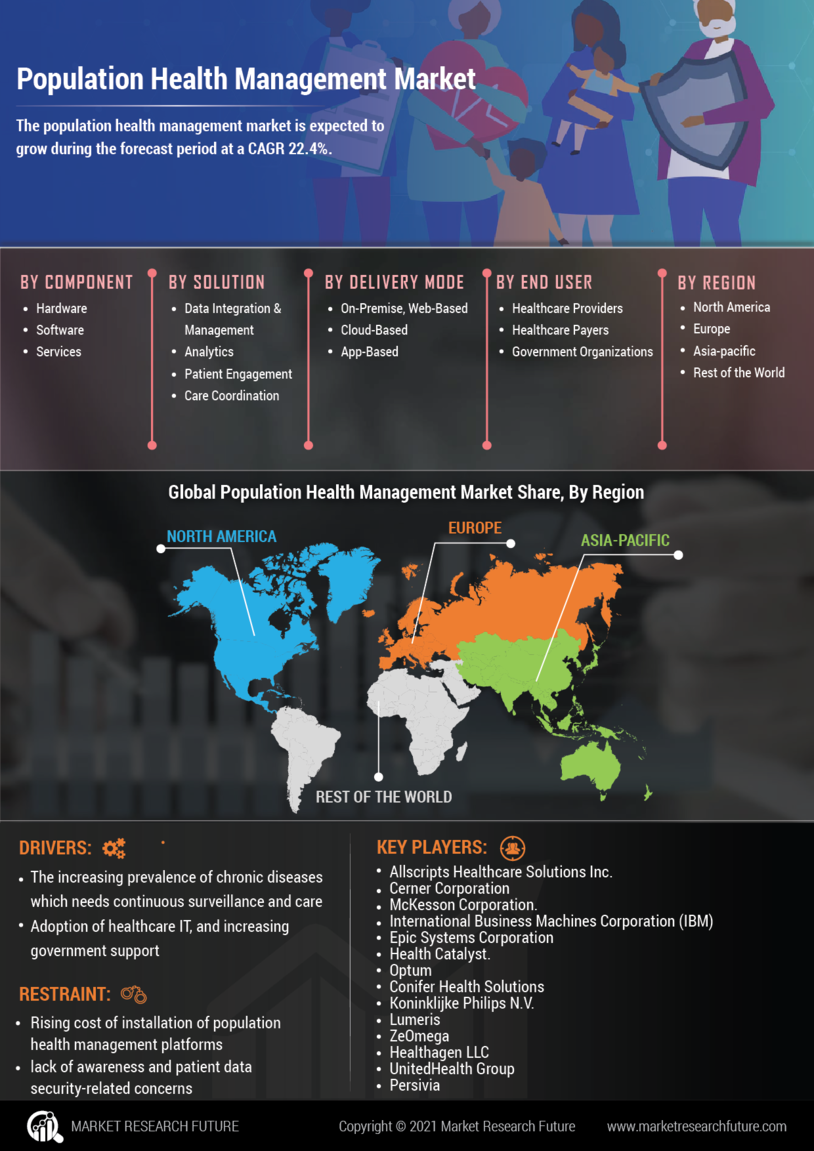

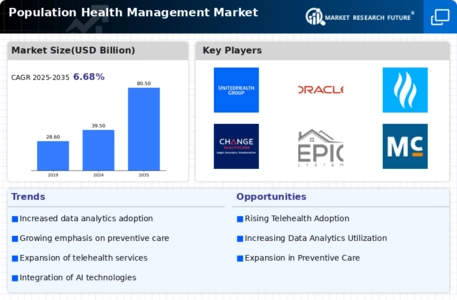
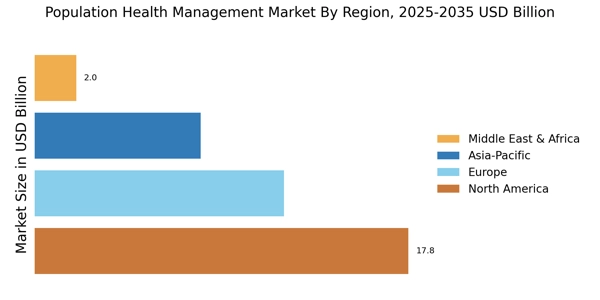

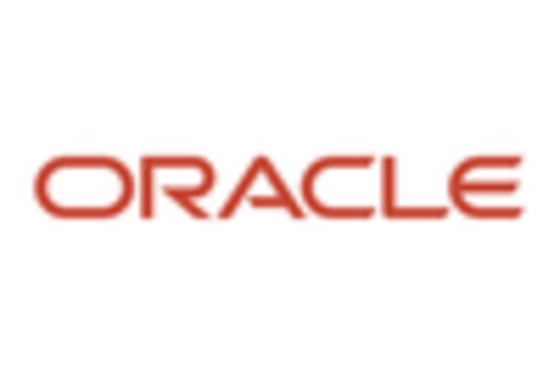



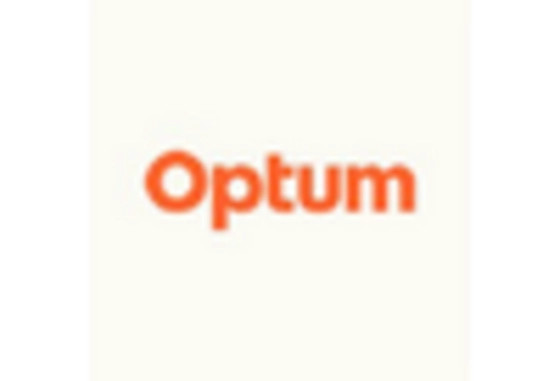








Leave a Comment